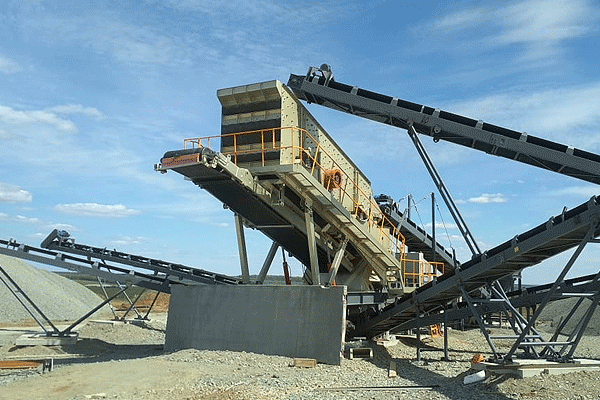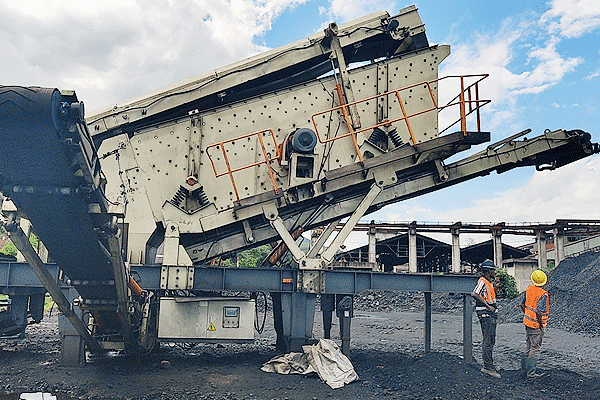The Philippines 200TPH Granite Crushing Plant: Key Insights
Introduction
Granite crushing plants play a crucial role in construction and infrastructure development. In the Philippines, a 200-ton-per-hour (TPH) granite crushing plant represents a significant investment in resource processing. This article explores the key aspects of such a facility, including its design, operational efficiency, and economic impact—without referencing specific brands or companies.
Plant Design and Configuration
A 200TPH granite crushing plant requires careful planning to ensure optimal performance. The typical setup includes primary jaw crushers for coarse breaking, secondary cone crushers for finer processing, and vibrating screens for material classification. Conveyors link these components seamlessly, minimizing manual handling. Dust suppression systems are integrated to comply with environmental regulations while maintaining worker safety. Modular designs allow scalability based on production demands. 
Operational Efficiency
Efficiency hinges on equipment selection and workflow optimization. High-capacity crushers reduce energy consumption per ton of processed material, lowering operational costs. Automated control systems monitor throughput and adjust settings in real time to prevent bottlenecks. Regular maintenance schedules extend machinery lifespan and reduce unplanned downtime—critical factors in maximizing productivity for large-scale projects like this one.
Material Quality and Output Applications
Granite processed at this capacity yields uniformly sized aggregates suitable for various applications:
- Coarse aggregates (20–40mm) for road base construction
- Medium aggregates (10–20mm) for concrete production
- Fine aggregates (<5mm) for asphalt mixtures
Consistent sizing ensures compatibility with engineering standards, enhancing the marketability of the end products. 
Economic and Environmental Considerations
A 200TPH plant significantly boosts local employment and stimulates ancillary industries (transportation, logistics). However, sustainable practices are vital to mitigate environmental impact: water recycling systems minimize waste, while noise barriers protect nearby communities. Compliance with Philippine mining regulations ensures long-term viability without ecological harm.
Conclusion
The Philippines’ 200TPH granite crushing plant exemplifies modern engineering tailored to regional needs—balancing productivity with sustainability. By prioritizing efficient design and responsible operations, such facilities contribute meaningfully to infrastructure growth while setting benchmarks for industry best practices worldwide.
